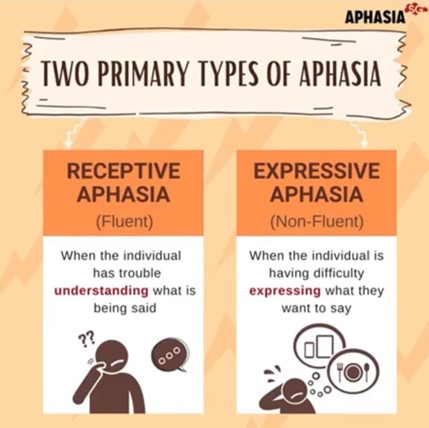A nurse is caring for a client who was recently admitted to hospice care and tells the nurse, “I am going to die and my family is hoping for a cure.
I am mad that they behave like everything will be fine.” Which of the following responses should the nurse make?
“Why do you think they don’t know what’s happening?”
“It sounds like you have given up and want to stay mad at your family.”.
“I think you and I need to talk about your anger with your family.”
“You are feeling angry that your family continues to wish for a cure?”
The Correct Answer is D
The correct answer is choice D. “You are feeling angry that your family continues to wish for a cure?”.
This response reflects the client’s feelings and encourages further communication.
It also shows empathy and respect for the client’s situation.
Choice A is wrong because it implies that the client is responsible for their family’s lack of understanding.
It may also make the client feel defensive or guilty.
Choice B is wrong because it is judgmental and dismissive of the client’s feelings.
It may also discourage the client from expressing their emotions.
Choice C is wrong because it focuses on the nurse’s needs rather than the client’s.
It may also sound intrusive or presumptuous to the client.
Hospice care is for people who are in the final stages of an incurable illness and want to focus on comfort and quality of life rather than curative treatments.
Hospice care teams provide physical, emotional, social, and spiritual support to clients and their families.
Hospice care can be provided at home, in a hospital, in a nursing home, or in a specialized hospice center.
Nursing Test Bank
Naxlex Comprehensive Predictor Exams
Related Questions
Correct Answer is B
Explanation

This type of aphasia is caused by damage to the frontal lobe of the brain, which affects the ability to produce language.
People with expressive aphasia can understand speech and know what they want to say, but they have difficulty saying words or forming sentences.
They may speak in short phrases that require a lot of effort.
Choice A is wrong because receptive aphasia is a type of fluent aphasia that affects the ability to comprehend language.
People with receptive aphasia have difficulty understanding speech and may produce meaningless words or sentences.
Choice C is wrong because global aphasia is the most severe type of aphasia that affects both the production and comprehension of language.
People with global aphasia cannot speak many words and do not understand speech.
They also cannot read or write.
Choice D is wrong because sensory aphasia is not a common term for a type of aphasia.
It may refer to Wernicke’s aphasia, which is another type of fluent aphasia that affects the ability to produce meaningful language.
People with Wernicke’s aphasia can speak fluently but often use incorrect or invented words or phrases.
Correct Answer is A
Explanation
The correct answer is choice A. Evaluate the client’s concerns and communicate them to the provider.
This is because the nurse’s role as a patient advocate is to speak, act or behave in a way that benefits their patient, who may not be able to support or promote their own needs or interests.
The nurse should provide patients with information regarding their diagnoses, prognoses, treatments, and alternatives, and serve as a patient’s voice when necessary.
Choice B is wrong because contacting the unit’s social worker to report the client’s refusal is not an appropriate action for the nurse to take as a patient advocate.
The nurse should respect the patient’s autonomy and right to refuse treatment, and not involve other professionals without the patient’s consent.
Choice C is wrong because asking the client’s partner to find out why the client has refused the procedure is not an appropriate action for the nurse to take as a patient advocate.
The nurse should communicate directly with the patient and not rely on third parties to obtain information or influence the patient’s decision.
Choice D is wrong because explaining the necessity of the procedure to the client is not an appropriate action for the nurse to take as a patient advocate.
The nurse should not impose their own values or opinions on the patient, but rather provide unbiased and factual information and support the patient’s informed choice.
Whether you are a student looking to ace your exams or a practicing nurse seeking to enhance your expertise , our nursing education contents will empower you with the confidence and competence to make a difference in the lives of patients and become a respected leader in the healthcare field.
Visit Naxlex, invest in your future and unlock endless possibilities with our unparalleled nursing education contents today
Report Wrong Answer on the Current Question
Do you disagree with the answer? If yes, what is your expected answer? Explain.
Kindly be descriptive with the issue you are facing.
